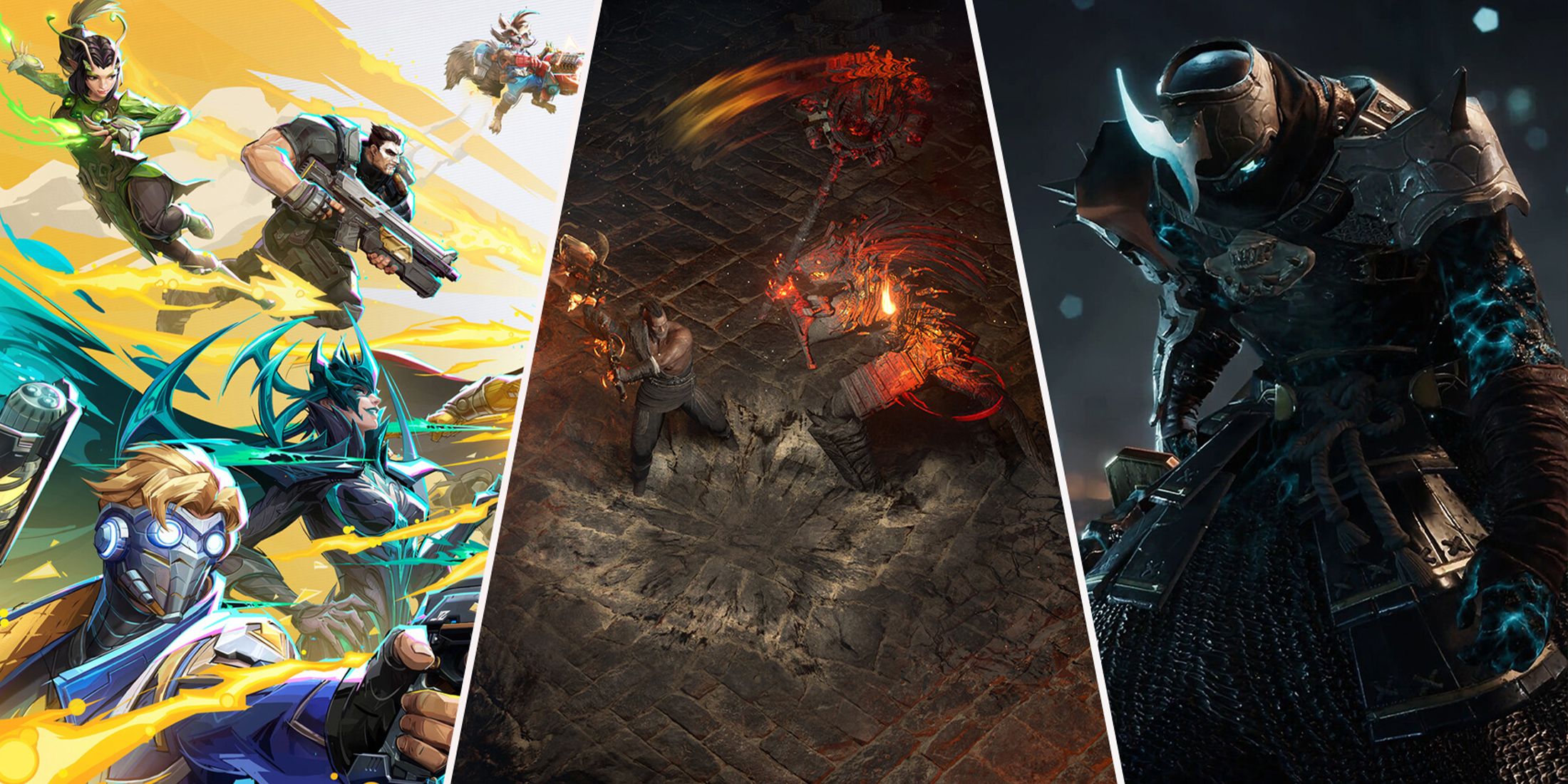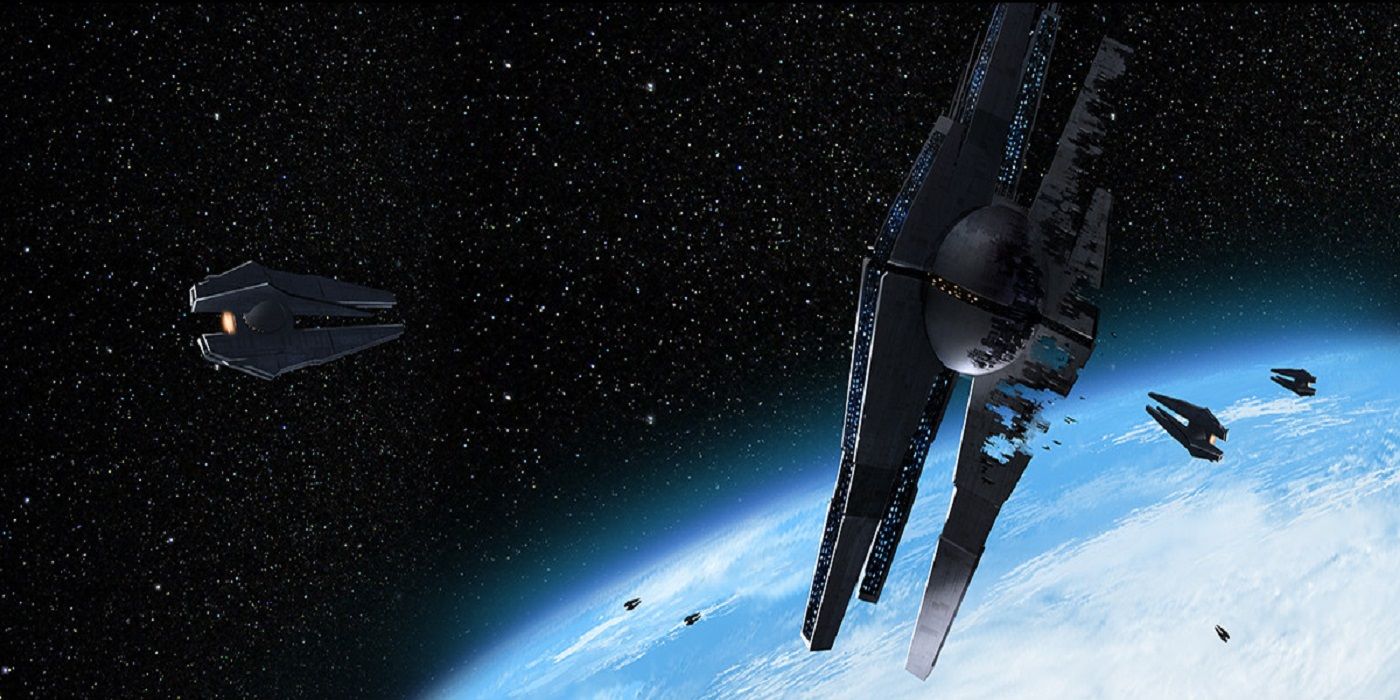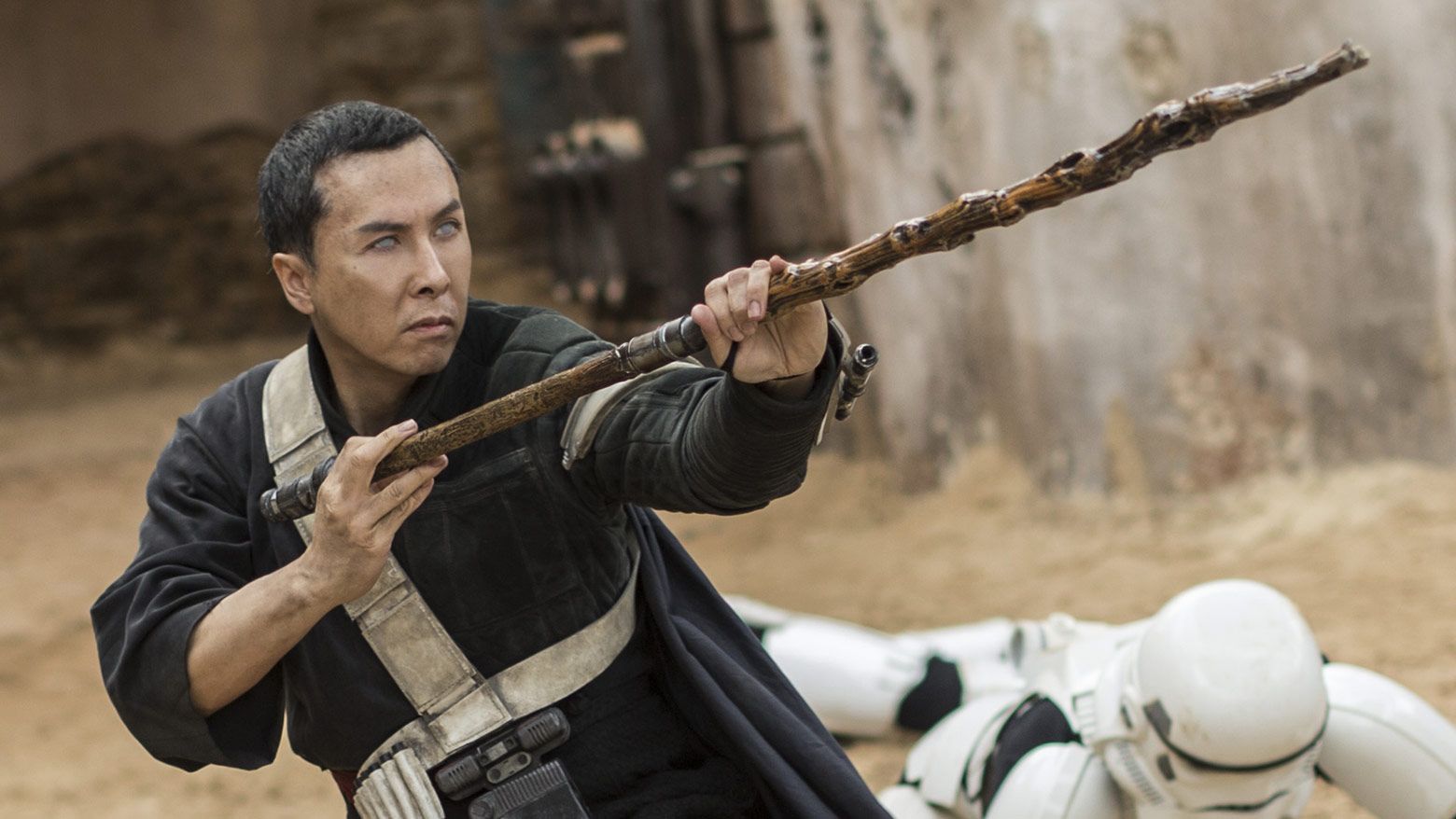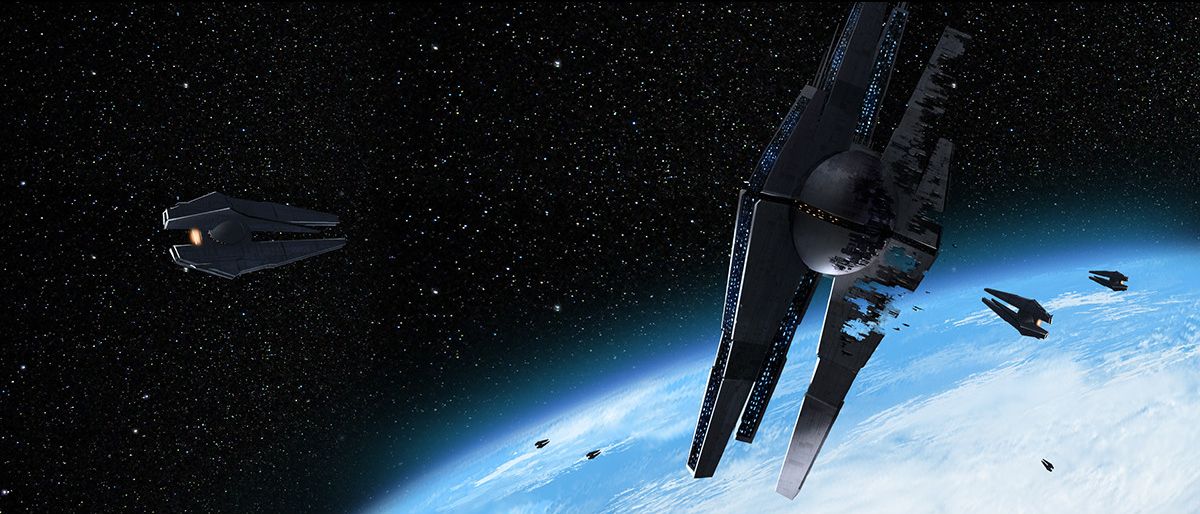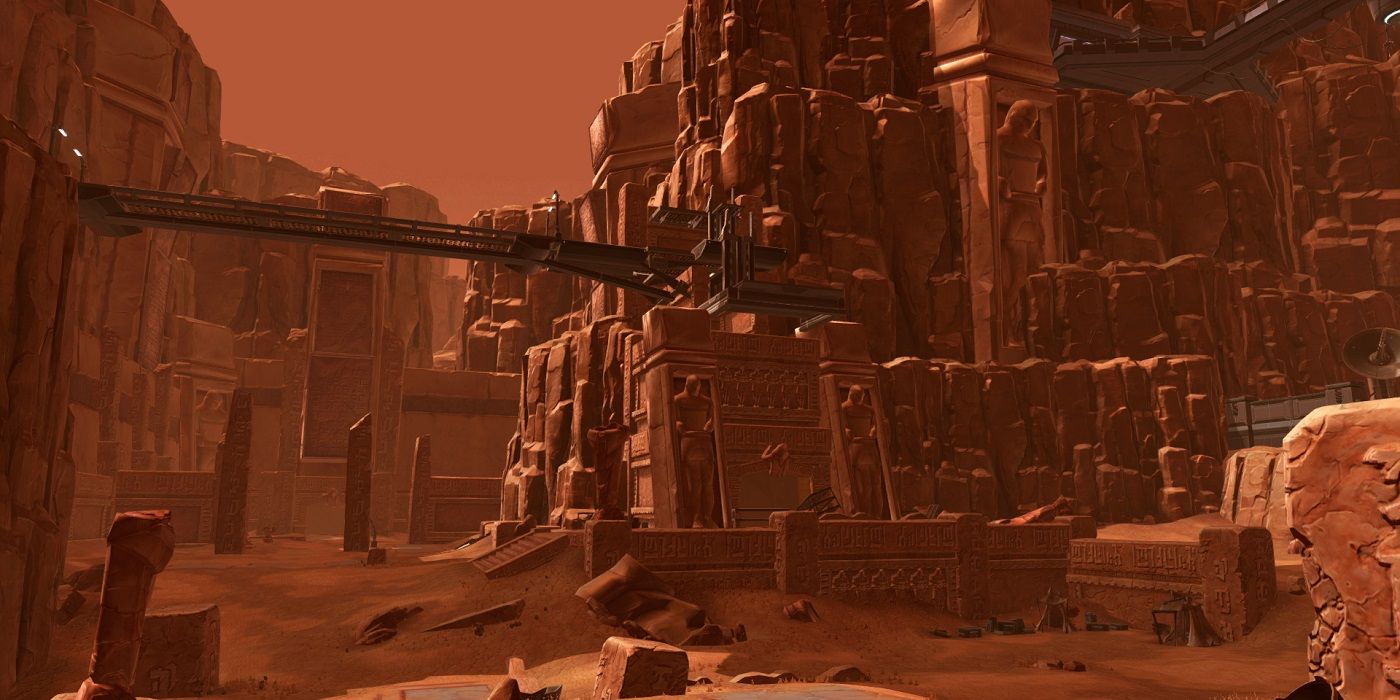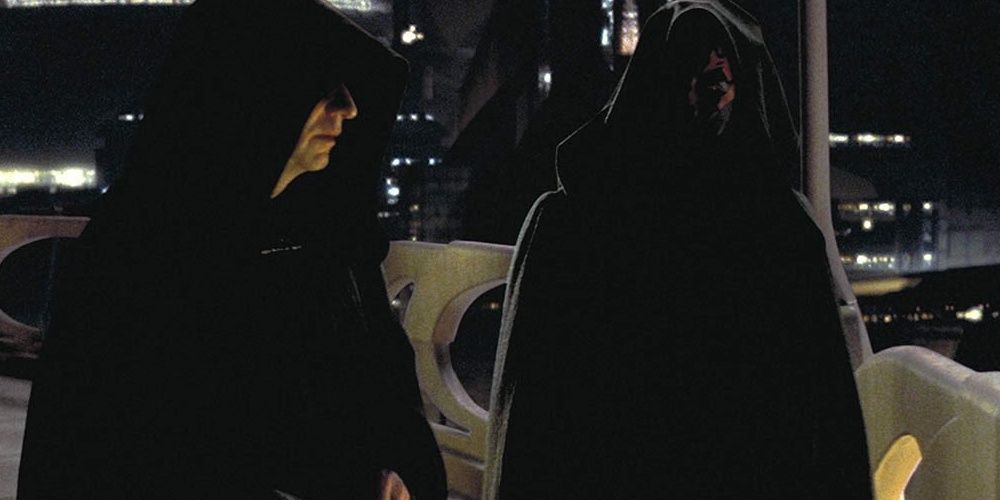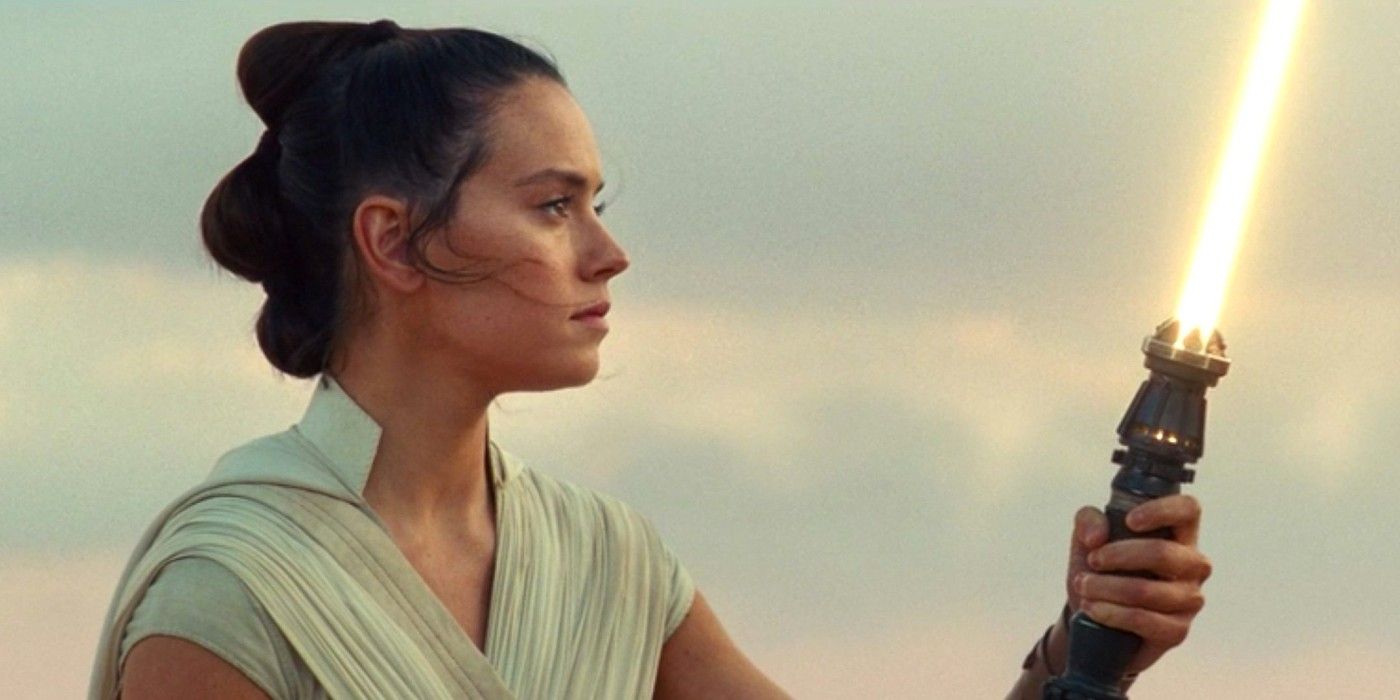The Star Wars Universe is vast and contains a lot of detailed lore surrounding its history. The movies alone chronicle three different eras, each with its own cast of unique characters, to say nothing of the additional lore given through books, TV shows, and video games. While some of the existing material has been displaced by the switch from the legends to the canon timeline, it still contains a complex history surrounding thousands of years.
But there are still some parts of the existing Star Wars universe that remain untouched. There are pieces of history and unanswered questions that have the potential for really interesting stories which have had little part to play in either timeline.
5 Other Force Users
The Jedi and the Sith are not the only people to know the force. Quite a few people have used it while remaining unassociated with either group, some predating them. There has been a little bit of this in both timelines. The old timeline had so-called "gray jedi" who tried to embrace both the light and dark sides of the force. Rebels introduced Bendu, a strange ancient creature who seemingly knows the force better than anyone, enough to view the constant fighting between Jedi and Sith as petty squabbling. Rogue One: A Star Wars Story introduced Chirrut Îmwe, a member of a religious order dedicated to understanding the force but who does not seem to use powers in the same way. That is not even getting into characters like Ahsoka Tano who are not really associated with anybody.
This begs the question of how many different interpretations there are of the force and just how do they all work? There are clearly other organizations but even with Chirrut, we only get a glimpse into his ideas. It would be interesting to see more detail on what groups exist outside of the usual Jedi/Sith binary.
4 Pre Republic Era
For all the detail that has been given to Star Wars lore there are some parts of its history that remain conspicuously untouched. There is a fair bit of detailed content regarding the history of the galaxy up to a certain point and then... very little. This is mainly the period before the Republic was formed. Basically, nothing has been written which takes place in this era. The most detail given was in Star Wars: Knights of the Old Republic, which involved the player uncovering the ruins of an ancient spacefaring race. Over the course of the game it is revealed that the Rakata once ran the "Infinite Empire"- a powerful and ruthless regime that dominated the galaxy until, like the Roman Empire, it became too powerful for its own good and collapsed under its own weight. A relic of theirs, known as the Star Forge, turns out to be the main antagonist's base of operations.
Unfortunately, it is hard to say how much of Knights of the Old Republic can be considered canon in the new timeline, though that might change with rumors of a planned remake. Either way the early history of the republic is still untouched. Surely there must be some great stories to tell of the Rakatan Empire, or even whatever (if anything) came before it. Even having more stories that involve exploring ruins of past civilizations could be really great opportunities to explore the galaxy in a new light.
3 Origins of the Jedi and Sith
The early history of the Jedi and Sith orders are both subjects of intrigue in the Star Wars universe, but there is so much still unknown about them. Of the two, more information has been given on the Sith's history than the Jedi, though there are some unclear details. In the original timeline, Korriban was established as the Sith homeworld, but the planet's name was changed to Moraband for The Clone Wars. There were also aspects of sith history that got some background. Going on the original timeline, the sith order originated from a (now-extinct) alien race whose ideas were later picked up by others- it is unclear if this is still the case in the new canon. Either way there is a pretty interesting story to be told about the first Sith Empire which, if Knights of the Old Republic is anything to go on, once ruled the galaxy only to come crashing down due to constant in-fighting. Several of the early sith have stories that could be explored- Naga Sadow, Ajunta Pall, and others.
On the other hand, the origin of the Jedi Order is a lot harder to place. It seems to have been founded around the same time as the Sith, but beyond that it is hard to say much else. It begs the question of how the two came to be such bitter enemies. Was one founded to counter the other? Maybe they were competing philosophies whose debates eventually turned violent. Or perhaps they were once one group that tried to embrace both the light and dark side only to be fractured by conflicting interpretations of their beliefs. There is a lot of intriguing history here of which existing material has only scratched the surface.
2 Why Always Two?
At the end of The Phantom Menace, we are given one crucial piece of information about the Sith- they always come in pairs, a master and an apprentice. But sith ideology is much more complex, as it is based on a social Darwinist outlook where the strong dominate the weak- being a sith is about being as strong as possible and maximizing power. So much so that it is practically tradition that sooner or later the apprentice kills their master and assumes their position, before taking an apprentice of their own. The history of the sith becomes a cycle of apprentices overthrowing their masters before they themselves are overthrown by their own apprentices.
But it also begs a question when it comes to sith ideology. If being a sith is about being the strongest and dominating others, then why take on an apprentice at all? Why take the time to teach someone you know will betray you at the first opportunity, and let them get up close and personal where they can figure out your weaknesses and exploit them. If the goal is to become the most powerful then is it not counter-intuitive to give someone the power to overthrow you? If one wanted to maximize their power and be unchallenged, then it would seem logical for a sith lord not to take up an apprentice that will inevitably be their undoing. So there is another question: if it is so impractical, why is this tradition so devotedly upheld by the sith?
So far there is not much in either Star Wars timeline to answer this question, though at least two possible sources exist that might offer some clues. Knights of the Old Republic indicated that it may be rooted in social Darwinism. The strongest rules, so if someone is powerful enough to overthrow the top Sith Lord then clearly they are stronger and therefore more deserving of the role. However, The Last Jedi suggests it is tied to religious beliefs- that the master experiences some form of ascension when struck down by someone embracing the dark side. This explains why Palpatine tried to provoke both Luke and Rey into killing him. Either way, this is a very curious philosophical question that lends itself to more detailed exploration.
1 Post-Republic Era
While there is a fair bit of material related to the periods before and during the films, there is much less related to the period after. The Legends timeline brought in material for the immediate aftermath of the films, referred to as the "Legacy Era" which included Luke building a new Jedi Order, as well as Han and Leia having a pair of twins- Jacen and Jaina, who have a variety of adventures with other Jedi students that take a dark turn when Jacen became a sith lord. The canon timeline has offered some insight, both through the sequel trilogy and The Mandalorian, but what about further in the future? In both timelines, the existing material related to events post-Return of the Jedi has concerned the immediate aftermath of the films or what happened to their characters.
Knights of the Old Republic famously jumped back a thousand years before the movies, why not have someone go the other way? What does the Star Wars galaxy look like a thousand years later? Are there still Jedi and Sith, and if so how have they evolved? Is the Republic still around? What kinds of problems are now being faced? So far the furthest any existing material has gone is Star Wars: Legacy, a comic series from the Legends timeline set 137 years after the Battle of Yavin. This is uncharted territory that leaves so much room for creative freedom.
NEXT:

